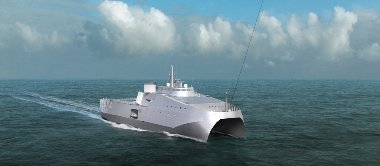PETRONIO, MR FEDERICO (2019) Modelling of GaAs nanowires based solar cells PFE - Projet de fin d'études, ENSTA.
Fichier(s) associé(s) à ce document :
| PDF Restricted to Accès restreint 8Mb |
Résumé
In the latest years, research has expanded from Si pn-junction solar cells to completely different materials as III-V semiconductors junctions and nano-structured materials. In this context, the objective of this work was to simulate the first generation of nanowire-based solar cells fabricated at Centre de Nanosciences et de Nanotechnologies (C2N) by the group SUNLIT. The goal of the study was to compare the simulations with the experimental characterisations and to propose further design improvements for the next generation of NWs' devices. The first generation of NW-based solar cells fabricated at C2N and based on a radial GaAs homo-junction have relatively low open-circuit voltage (0.39 V) and low filling factor (42%). These values are very similar to the values reported in literature by other groups for the same devices. By replacing the GaAs n-type shell with a n-type InGaP hetero-contact, it was possible to significantly improve (+50%) the Voc (0.6 V) and this represent at the moment the best Voc for a NW radial junction grown on Si(111). To begin, a simplified structure has been studied with 1D simulations carried out with the freeware SCAPS. This made possible to identify the effect doping of the n-type shell on the depletion region in the external shell. Afterwards, with the commercial software SILVACO a 3D model of the NW has been studied. In particular, we understood that the low Voc and FF are not caused by the geometry of the nanowire, but rather by the presence of interface states that generates non-radiative recombination and/or unwanted Fermi level pinning in the proximity of the contacts.
| Type de document: | Rapport ou mémoire (PFE - Projet de fin d'études) |
|---|---|
| Sujets: | Physique, optique |
| Code ID : | 7648 |
| Déposé par : | Federico Petronio |
| Déposé le : | 04 mars 2020 16:06 |
| Dernière modification: | 04 mars 2020 16:06 |







